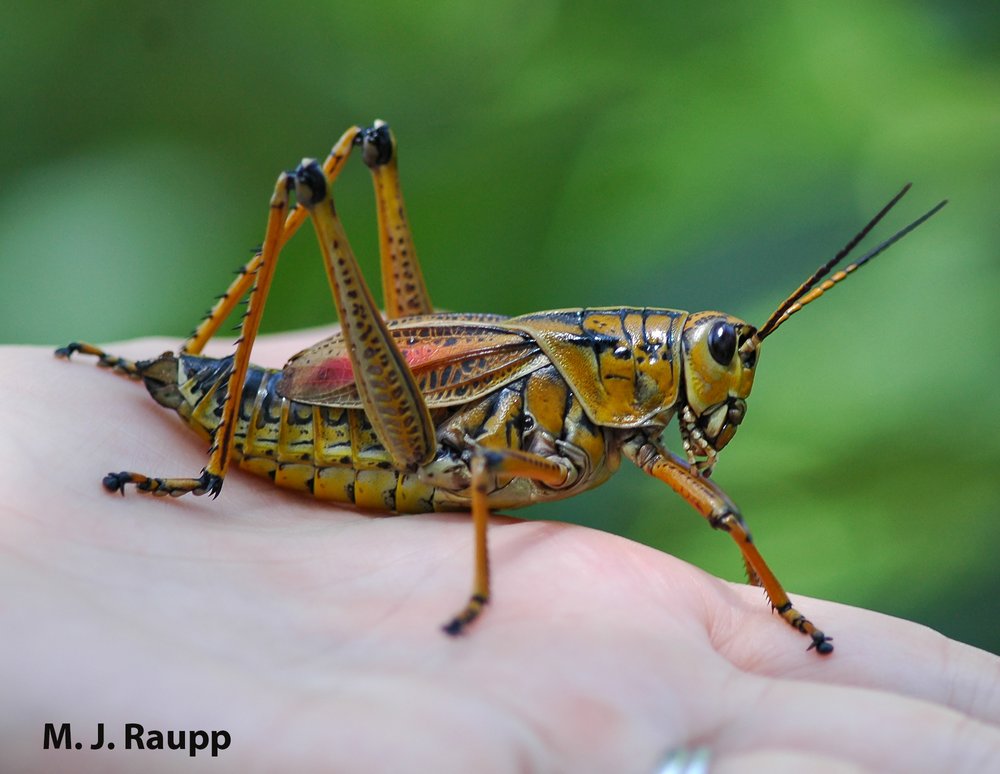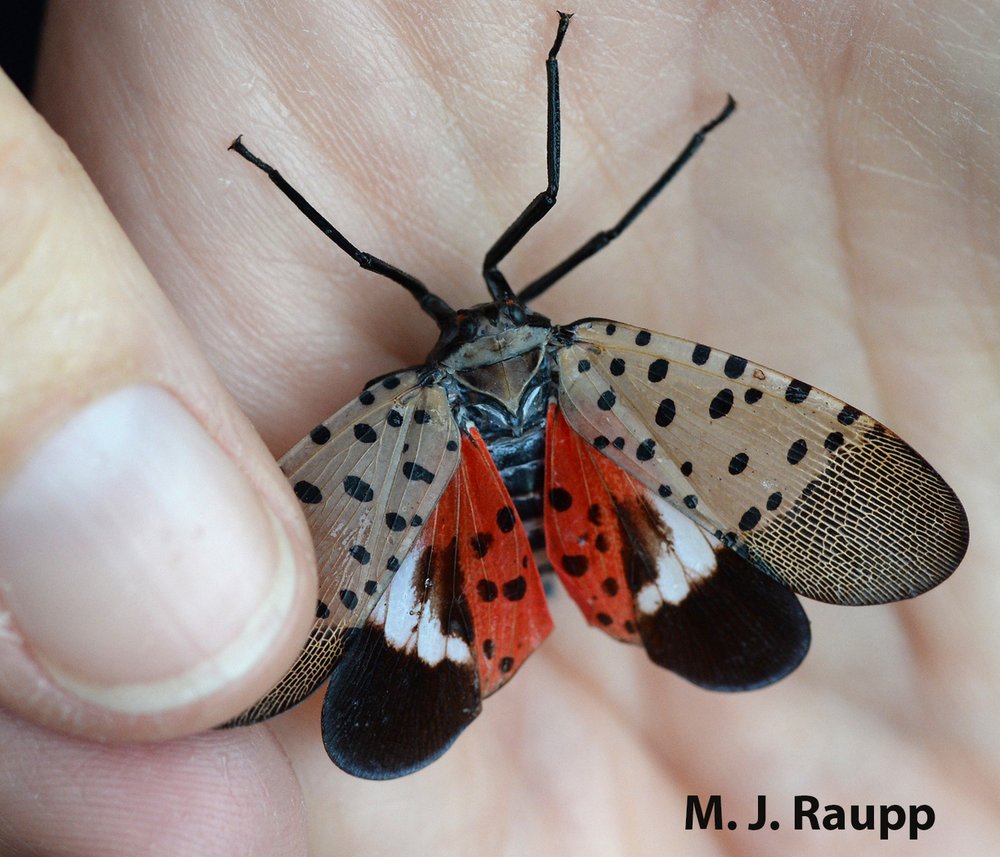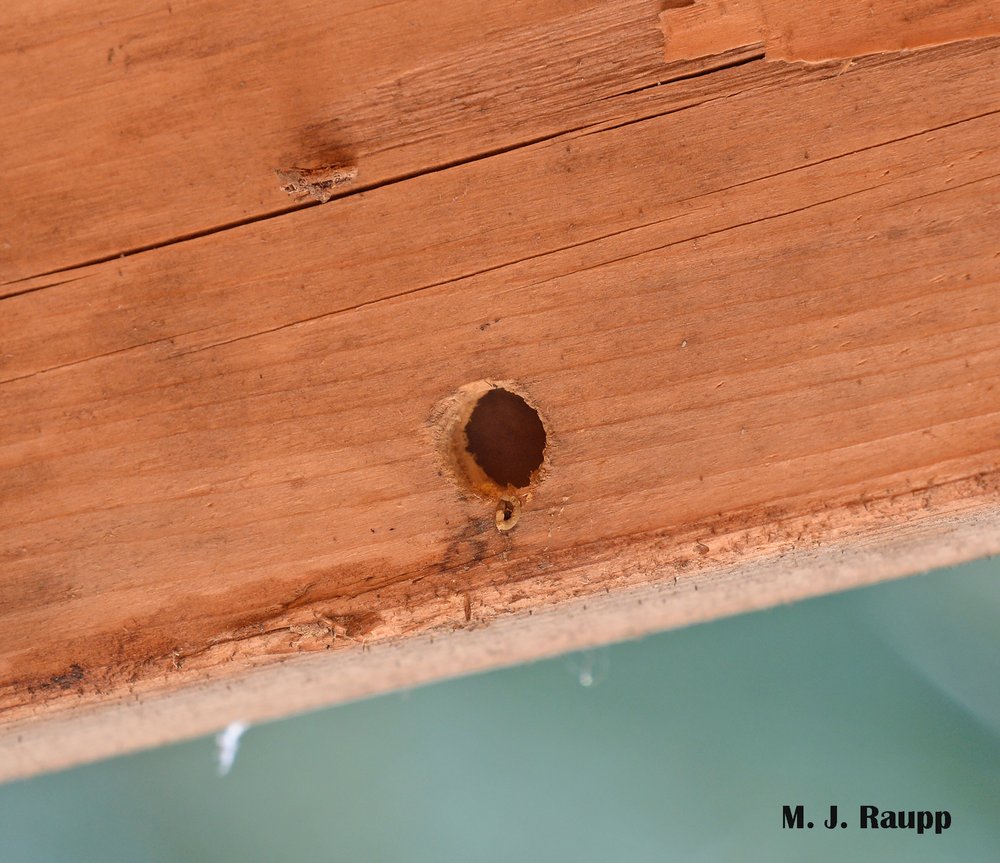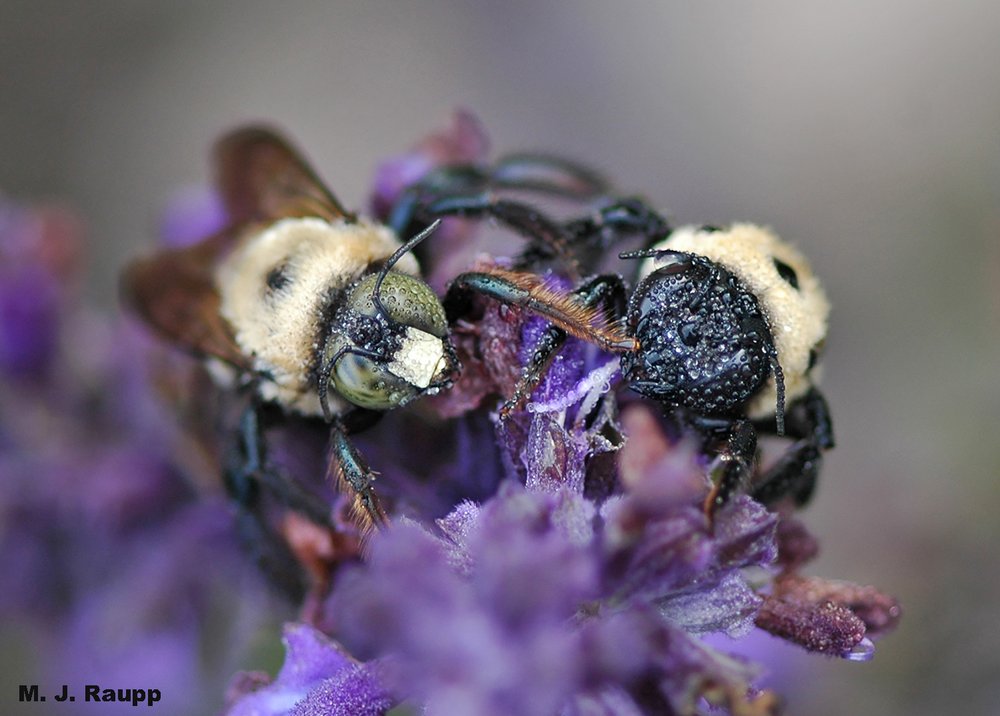Parasitoids at the porch light: Ichneumon wasps, Ophioninae
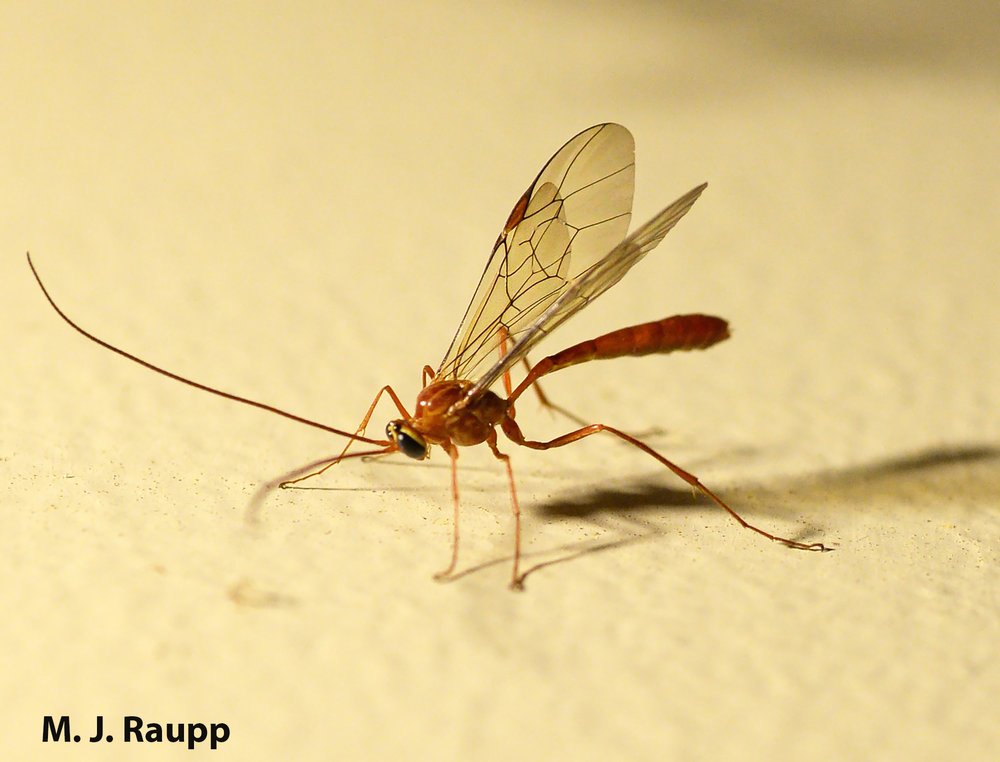
On warm nights in late winter and early spring, Ophioninae wasps are regular visitors to my porch light.
The return of some delightful 70-degree weather last week heralded the return of lovely parasitoid wasps in the subfamily of Hymenoptera known as the Ophioninae. Each year we welcome these nocturnal visitors to my porch light as one of the harbingers of spring. They regularly appear on the first 60-ish degree evenings in March at my porch light. This year I discovered my first one last week on a windowsill near my houseplants. The mystery of how it got into the house remains unresolved, but we were still delighted to greet it.
Beneath the glow of my porch light, an Ophioninae wasp grooms its antenna and then taps its front foot in time with the music.
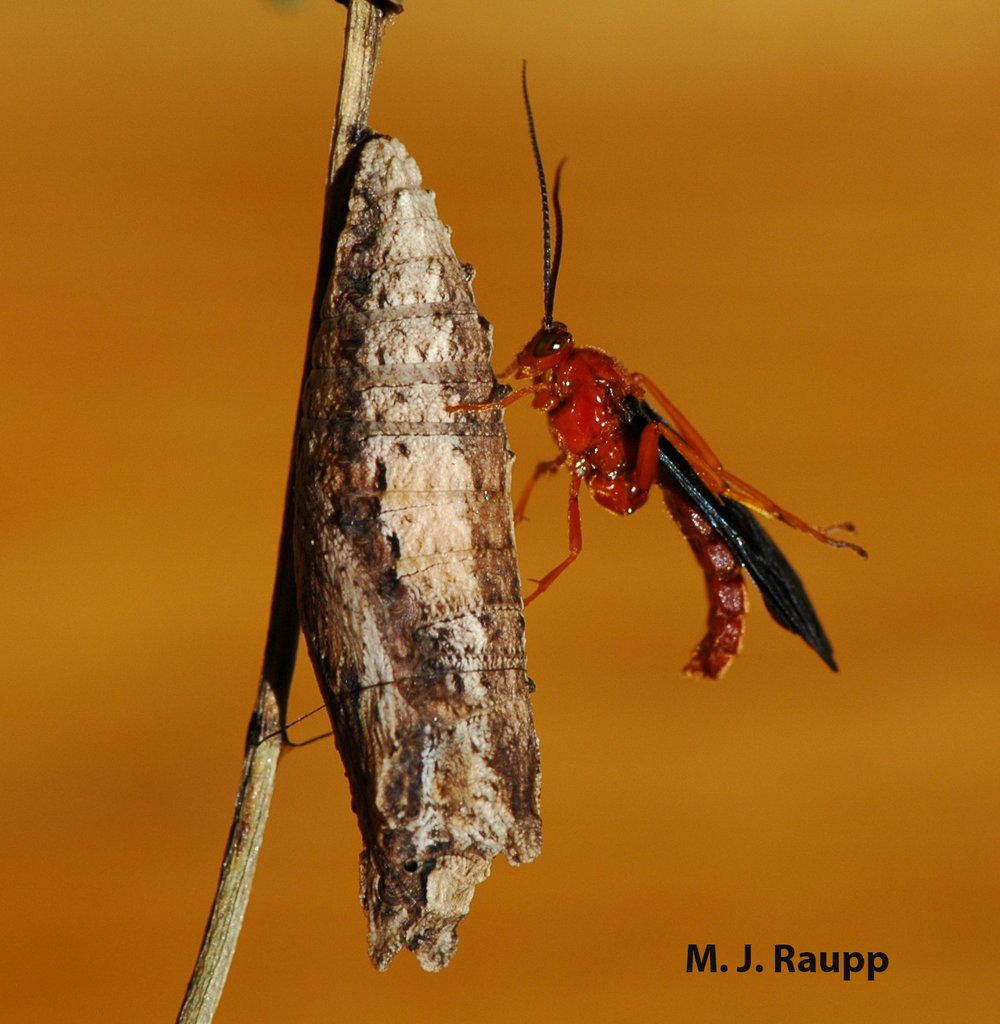
A beautiful ichneumonid wasp rests on the chrysalis of a swallowtail butterfly from which it emerged.
Ophioninae wasps belong to a large and important family of membrane-winged insects known as ichneumon wasps. Ichneumon wasps perform the important ecosystem service of biological control by parasitizing some of our most important pests, including corn earworms and white grubs. However, they also attack other non-pestiferous insects including the larvae of butterflies. Some years ago, we collected a beautiful caterpillar, the larva of the tiger swallowtail butterfly. After eating leaves like a ravenous teenager, it formed a remarkable chrysalis resembling a dead leaf. We placed the chrysalis in a terrarium and anxiously awaited the appearance of a beautiful swallowtail butterfly. Events took an unexpected turn when a feisty looking wasp emerged from the chrysalis instead of a gorgeous butterfly. You see, unbeknownst to us, prior to the capture of the swallowtail larva, a parasitoid ichneumon wasp had visited it. The female ichneumon wasp likely grappled with the caterpillar before stinging it and depositing an egg within.
The fascinating part of this story is that the parasitoid inside the swallowtail did not immediately develop and emerge from the caterpillar. This clever parasitoid waited for the caterpillar to feed and grow before beginning its own development. The tiny invader then completed its development and emerged as an elegant ichneumon wasp. Parasitoids with this type of delayed development within a host are called koinobionts. Many species of koinobionts synchronize development with that of their host by responding to changing levels of hormones produced by their host during growth and development.
Ichneumonid wasps can be a little testy when sharing a droplet of honey.
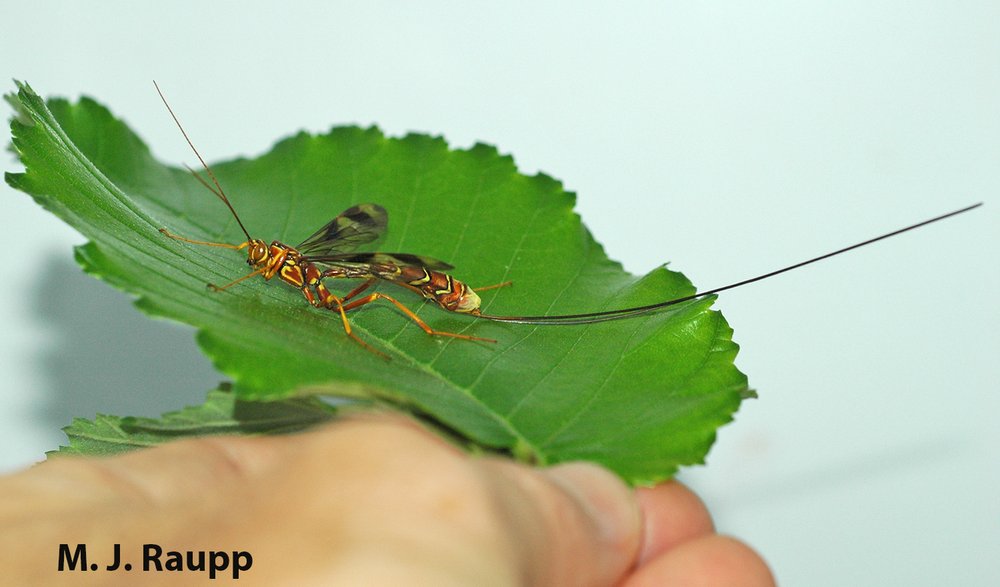
The humongous ovipositor on this ichneumon wasp in the genus Megarhyssa is used to drill beneath the bark of tree to deposit an egg inside a larva developing deep within the wood.
Returning now to the present, if you would like to see ichneumonid parasitoids, switch on your porchlight on a warm spring evening, and see who arrives. Don’t be surprised if several pale orange Ophioninae ichneumons appear. If you dare, do as we do and invite them in for a drink. As you see in the video, a little honey and water seemed just the right tonic for these busy parasitoids. After they had their fill, we bid them adieu and returned them to the wild. Perhaps my hospitality will be rewarded in a few weeks by these ichneumons in the form of koinobionic attacks on the pesky caterpillars and white grubs that perennially plague my flower beds.
Acknowledgements
The fine references “The Insects: an outline of entomology” by P.J. Gullen and P.S. Cranston, and “Subfamily Ophioninae” by I.D. Gauld and D.B. Wahl, were used as references for this Bug of the Week. Thanks to Dr. Shrewsbury for spotting the Ophioninae wasp which was the inspiration for this episode.
This post appeared first on Bug of the Week

